Shudder’s latest documentary series, Queer for Fear, is a deep dive into the history of queer horror on screen. The four-episode series documents the early beginnings of the horror genre and travels through time to show its development, while also connecting horror to queerness. Featuring many queer actors, activists and filmmakers like Lea DeLaria, Kayrn Kusama, Justin Smith and drag queen Alaska, Queer for Fear is a perfect introduction to queer horror.
Episode 1 of Queer for Fear starts at the inception of the horror genre before expanding into horror’s cinematic start. Bouncing between different speakers and excerpts from letters, novels and films, Queer for Fear perfectly captures and explains why horror and queerness are so intertwined and what this means for film and queer theory and history.
Queer for Fear Is a Foray Into Early Horror

Queer for Fear’s first episode takes audiences back to the very beginning of horror: Gothic literature. Writers like Mary Shelley, Bram Stoker and Oscar Wilde pioneered the horror genre with their works Frankenstein, Dracula and The Picture of Dorian Gray. Episode 1 delves into the themes of these works and ties in the authors’ queerness with the historical context of the time.
For example, The Picture of Dorian Gray is a novel about hiding or repressing certain facets of one’s self, creating separate public and private personas. Oscar Wilde, a gay man, must have intimately known how this felt. England during the Victorian Era was extremely repressive, and homosexuality was illegal at the time. Wilde was arrested and sentenced to hard labor for his queerness, influencing other writers at the time. But this also proved how the themes of horror and Gothicism transcend fiction and are themes that queer people faced daily. Thus, horror was born out of queerness and the similarities they share being on the outside of society at the time.
Shudder’s Queer for Fear Charts Horror and Queerness

Shudder’s Queer for Fear series views horror through a lens of queerness. A few decades after the previously mentioned horror novels were published, they began to be adapted to the screen. Combining violence with eroticism and sexuality revealed the ways that queer people were viewed (and viewed themselves) in society. Queer people were largely perceived as outsiders in a heteronormative society, often being turned into monsters or villains. It’s in this characterization that queer people can explore how society has demonized them and then liberate themselves from the constraints of straight society. Even today, monster or villain characters are often queer-coded, which can be harmful but also offers important information about queerness.
By using horror to understand queer experiences, Shudder’s Queer for Fear can trace why horror is relatable to so many queer people and how horror has become such an important genre. Using horror to understand queerness (or vice versa) offers audiences a vital perspective to knowing how the genre developed and what trends came out of each new horror movement, from the Universal Monsters to body horror to feminist horror. While each subset has its own critique of society or an element of it, the connections between the genre as a whole and the queer experience are undeniable.
Shudder’s docuseries, Queer for Fear, offers horror fans a new perspective to enjoy and learn from. The subsequent three episodes are set to discuss the next connections between queerness and horror films in the 1930s through the 2020s, analyzing how queerness has informed and will continue to inform the horror genre in film.
Queer for Fear is available to watch on Shudder.
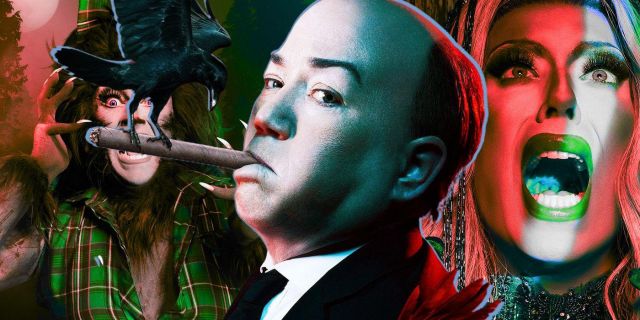



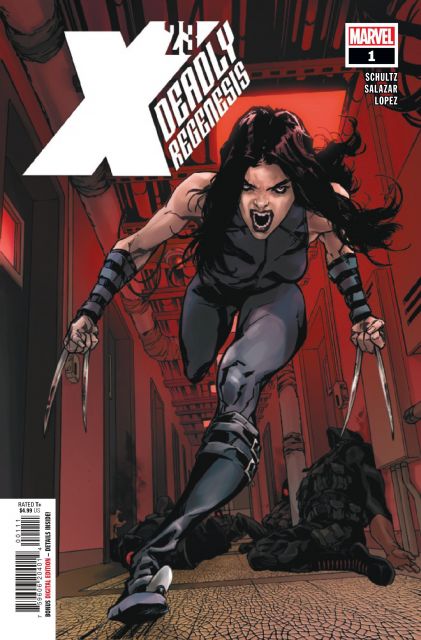
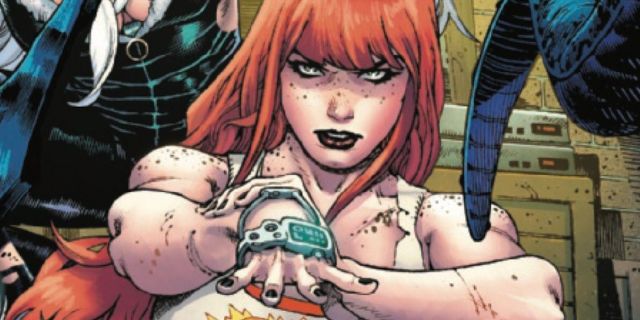
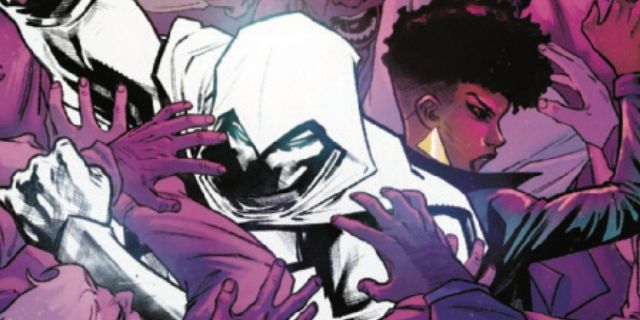


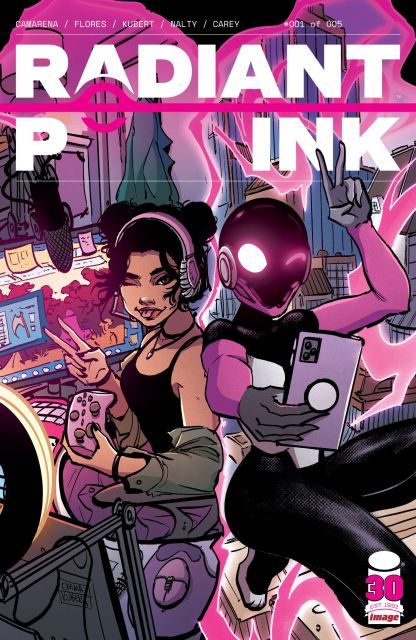





Leave a Reply